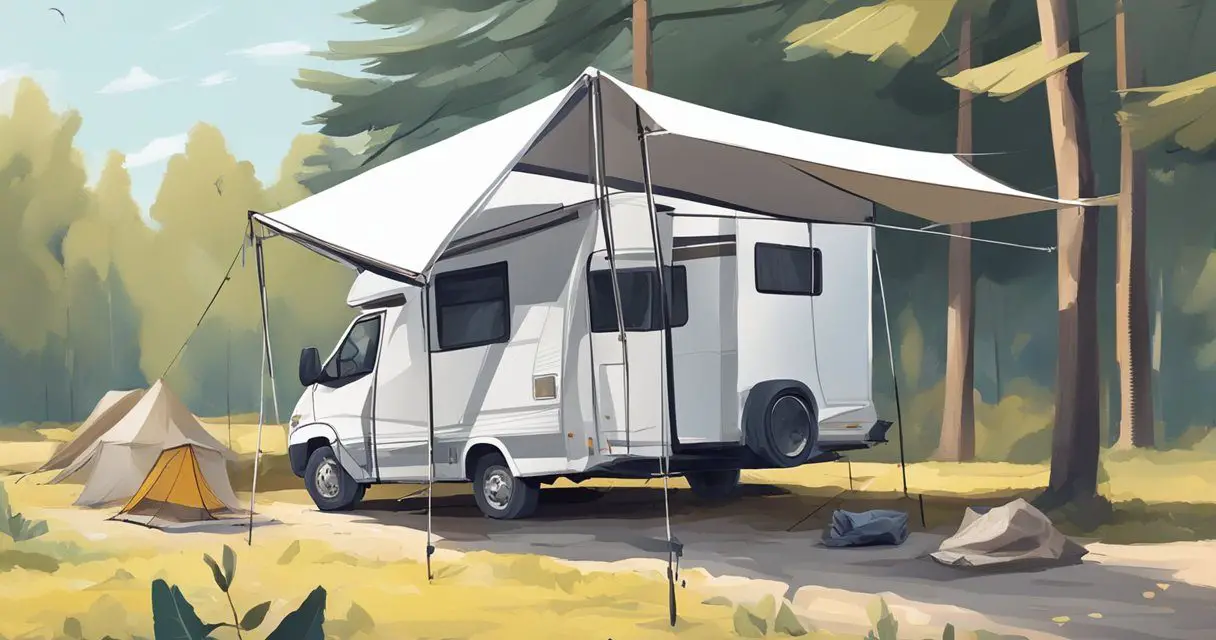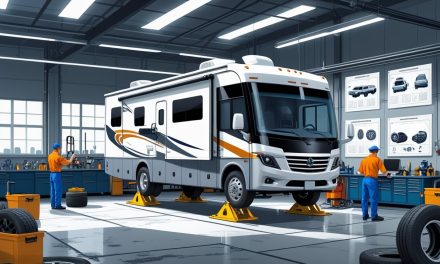Would you like to save this article?
Owning an RV is an adventure—until something breaks. Suddenly, your dream road trip turns into a frantic Google search for solutions. Luckily, we found a fantastic video from the National RV Training Academy where an experienced RV mechanic breaks down the three most common RV problems and how to fix them. Below, we’ve highlighted the key takeaways, complete with quotes from the video. Make sure to watch the full video at the end of the article for even more expert insights!
1. Water Heater Pressure Relief Valve Confusion – Why Opening It Is Essential
One of the most misunderstood parts of an RV’s water heater system is the pressure relief valve (PRV). Many owners worry that opening it while filling the tank will cause problems, but Todd from the National RV Training Academy sets the record straight:
“You’ve got to open the P&T valve while you’re filling the water heater… once water starts coming out, simply close it. Your air gap is actually secure.”
Why This Matters:
- Prevents Dangerous Pressure Buildup – When water heats up, it expands. Without an air gap, pressure can spike, damaging the tank or even causing a rupture.
- Avoids “Air Hammer” Effect – Trapped air can create loud banging noises in your plumbing (like an angry poltergeist haunting your pipes).
- Simple Fix, Big Impact – Just opening the valve while filling ensures proper pressure balance.
If you skip this step, your RV might sound like it’s hosting a drum solo—impressive, but not ideal for a peaceful camping trip.
2. Awning Won’t Extend All the Way? The Hidden Danger of Tension Springs
A malfunctioning awning can turn a relaxing afternoon into a wrestling match with stubborn fabric. Todd explains why this happens and why DIY fixes can be risky:
“There’s a little spring inside that pushes back on it as it’s going out… if there’s too many rotations to begin with, it’ll never go out. And that is a finger breaker!”
What’s Really Going On?
- Motor Overload – If the awning motor “amps out” (hits its max resistance), it stops before fully extending.
- Spring Tension Issues – Too many pre-loaded rotations make the spring too tight, preventing full extension.
- Not a DIY Job – Adjusting these springs requires expertise—unless you enjoy surprise visits to the emergency room.
Pro Tip: Before forcing it, check for obstructions or motor issues. If it’s a tension problem, call a pro.
A stuck awning is like a cat refusing to move off your keyboard—annoying, and brute force won’t end well.
3. Choosing the Right Lithium Battery – Why Amp Hours Aren’t Everything
Upgrading to lithium batteries is a game-changer, but not all batteries are equal. Todd breaks down the key factors:
“If it’s a quality company, did they source their lithium cells properly?… Look at the data plate on that battery—what can it charge, what can it discharge?”
What You Need to Know:
- Amp Hours ≠ Performance – Two 300Ah batteries may have the same capacity, but their charge/discharge rates can differ drastically.
- BMS (Battery Management System) Matters – A high-quality BMS ensures safety and longevity.
- Inverter Compatibility – A 4,000-watt inverter needs a battery that can handle high discharge rates (300A+).
Picking the wrong battery is like buying a monster truck with a scooter engine—great in theory, useless in reality.
Watch the Full Video for More RV Repair Wisdom!
These were just a few highlights from the National RV Training Academy’s video. For more expert tip, watch the full video below!





